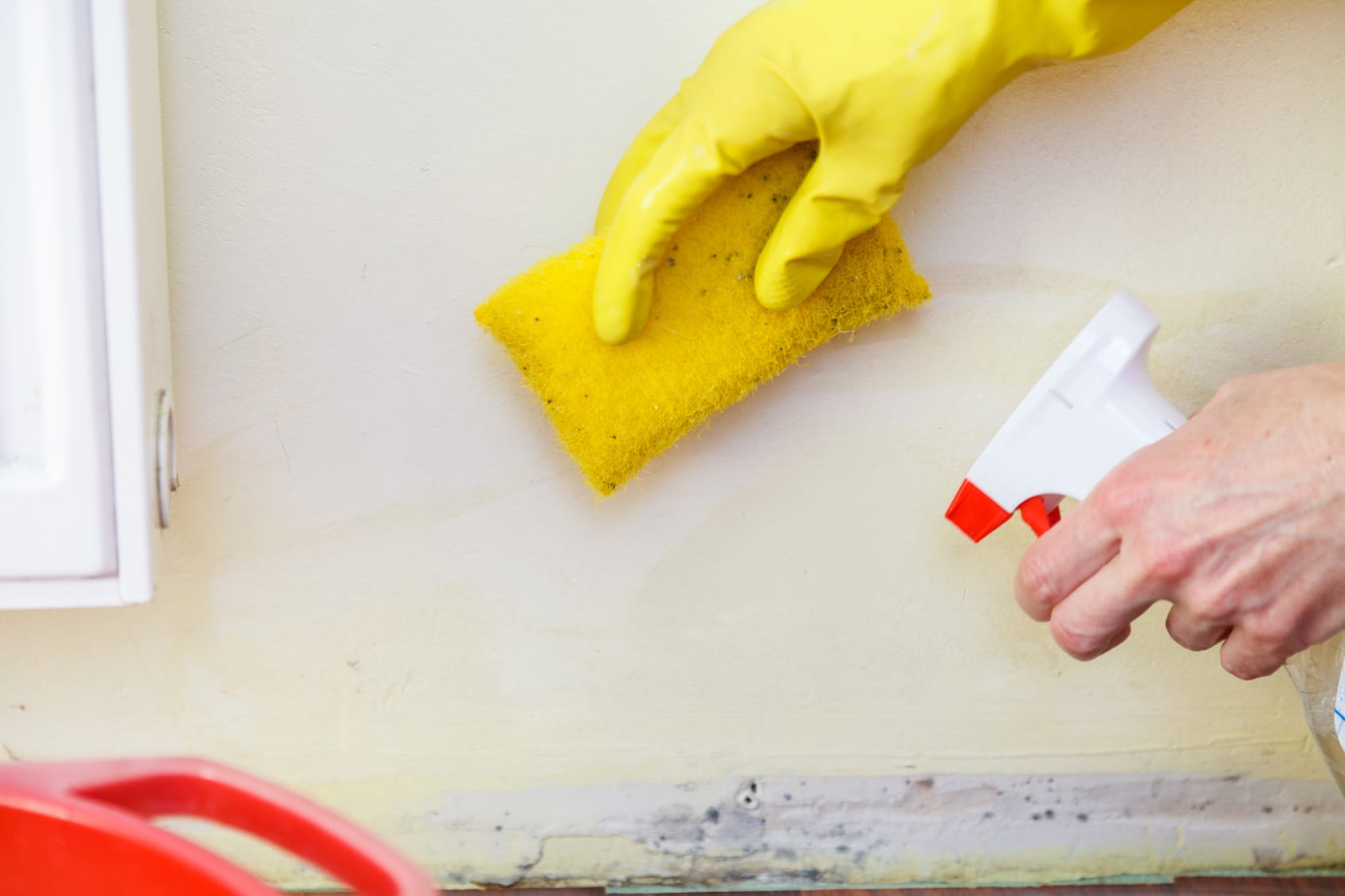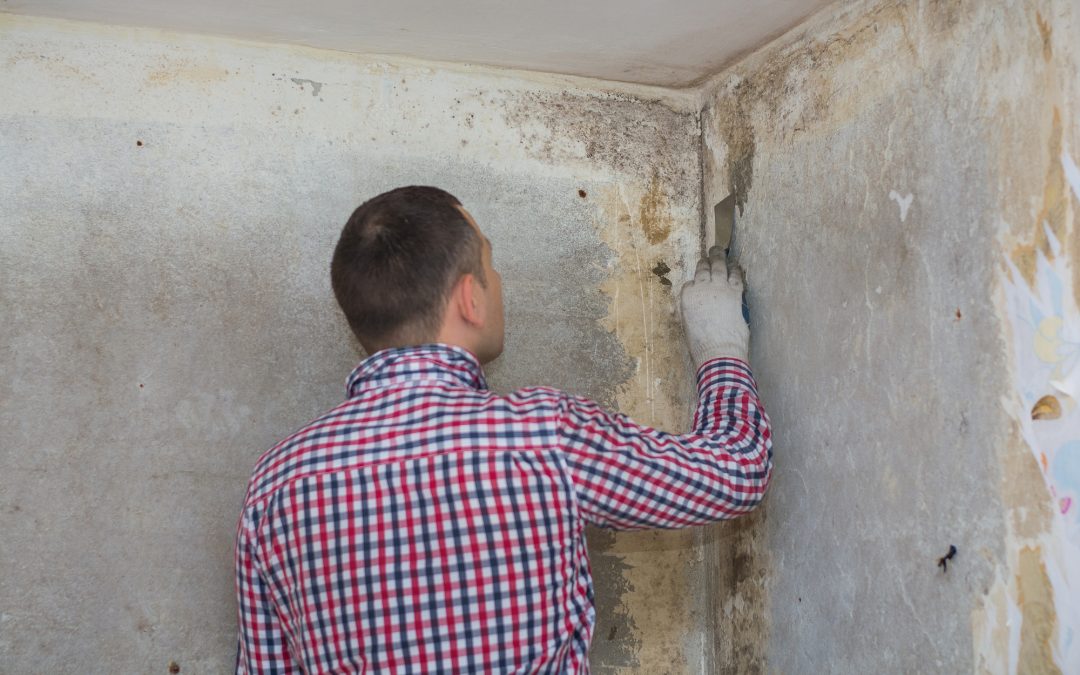Accessing Local Post Remediation Mold Testing Near Me
Accessing Local Post Remediation Mold Testing Near Me
Blog Article
Secret Tips for Effective Post Mold Removal
Dealing with mold problems in a prompt and effective fashion is important for preserving a healthy and balanced interior environment. Successfully finishing mold and mildew remediation is a diverse process that requires focus to detail and adherence to specific protocols. From evaluating treated areas to executing wetness control procedures, each step plays a crucial function in making certain the efficacy of the remediation procedure. There are key post-remediation steps that are equally essential yet frequently ignored. These steps not just confirm the success of the removal initiatives yet additionally add to preventing future mold growth.
Inspection of Treated Locations
Upon completion of the mold remediation process, a complete assessment of the dealt with areas is critical to make sure the performance of the remediation efforts. This inspection works as an important action in the post-remediation stage to verify that the mold elimination and cleaning procedures achieved success in eliminating the mold and mildew problem and restoring a secure indoor atmosphere. The examination must be performed by qualified professionals that have the know-how to analyze the remediated areas carefully.
Throughout the examination, different variables are assessed to figure out the success of the removal process. These include visual evaluations to examine for any type of indicators of mold growth or water damage, dampness degrees to verify that the location is free and completely dry of excess moisture that could advertise mold and mildew re-growth, and air top quality screening to make sure that the indoor air is risk-free to breathe. Additionally, the assessment may entail making use of specialized tools such as wetness meters and thermal imaging cams to find covert mold or dampness pockets that might lead to future mold and mildew troubles if left unattended. Overall, a detailed evaluation of the dealt with areas is essential to verify the efficiency of the mold removal initiatives and give tranquility of mind to the residents of the building.

Wetness Control Steps
Efficient moisture control measures are essential for preventing mold growth and keeping a healthy and balanced indoor environment. To accomplish this, it is critical to attend to sources of dampness within the building. Correct air flow is crucial to controlling moisture degrees. Setting up exhaust followers in bathrooms and cooking areas can aid remove excess dampness. In addition, utilizing dehumidifiers in damp areas can help in reducing moisture degrees, making it harder for mold to prosper.
On a regular basis preserving the structure and inspecting's exterior can also stop wetness intrusion. Post Remediation Inspection near me. Making sure that rain gutters are clear, downspouts direct water far from the foundation, and the roofing is in good problem can aid prevent water from seeping into the structure. Properly securing doors and windows can also aid maintain wetness out
Any type of spills or leaks must be cleansed and dried out within 24-48 hours to avoid mold and mildew development. By applying these wetness control procedures, the threat of mold repeating can be significantly reduced, producing a much healthier interior atmosphere.
Correct Air Flow Assessment
An essential facet of guaranteeing a healthy indoor setting blog post mold remediation is carrying out a thorough evaluation of the ventilation system. Appropriate ventilation evaluation plays an important duty in preventing future mold growth and preserving air top quality within the afflicted space.
Furthermore, examining the air flow system consists of taking a look at the distribution of air throughout the area to identify any locations of inadequate blood circulation where wetness and pollutants could accumulate. Correct air flow not only assists in managing humidity degrees but additionally help in removing air-borne mold spores and other pollutants, therefore boosting overall interior air top quality. By resolving any kind of ventilation problems post mold and mildew remediation, homeowner can produce a much healthier and more comfortable setting for residents while lowering the risk of mold re-infestation.
Cleansing and Sanitation Protocols
To make certain detailed mold remediation, thorough adherence to certain cleansing and disinfection methods is essential. Cleaning and sanitation protocols play a vital function in the post-mold remediation stage to avoid the reoccurrence of mold and mildew growth and ensure a secure and healthy and balanced atmosphere.
Additionally, implementing precautionary actions such as applying mold and mildew preventions and preserving proper ventilation can assist reduce the risk of additional reading future mold infestations. By adhering to strict cleansing and sanitation procedures, building owners can ensure the successful eradication of mold and mildew and produce a healthy and balanced interior atmosphere for owners.
Monitoring and Upkeep Plan
Carrying out a find more information normal surveillance and upkeep strategy is essential for guaranteeing the long-term effectiveness of mold remediation efforts. Once mold and mildew removal is finished, it is critical to develop a monitoring timetable to review the success of the remediation process.
Furthermore, developing an upkeep plan is essential to stopping future mold problems. Routine maintenance not just assists in stopping mold and mildew yet additionally contributes to preserving a healthy indoor environment - After mold remediation.
Conclusion
Finally, successful post mold and mildew remediation includes comprehensive inspection of dealt with areas, execution of moisture control actions, evaluation of proper ventilation, adherence to cleansing and disinfection procedures, and facility of a tracking and upkeep strategy. These essential actions are vital to make sure that mold and mildew growth is successfully gotten rid of and prevented from repeating in the future. By following these guidelines, building proprietors can maintain a safe and healthy setting for owners.
Upon conclusion of the mold and mildew removal process, a detailed inspection of the treated areas is necessary to ensure the performance of the removal initiatives. These include visual assessments to examine for any kind of indications of mold growth or water damages, dampness levels to verify that the area is complimentary and dry of excess humidity that can promote mold re-growth, and air high quality testing to ensure that the interior air is risk-free to breathe. In addition, the examination may entail making use of specialized tools such as mold removal mask dampness meters and thermal imaging cams to discover hidden mold and mildew or dampness pockets that could lead to future mold and mildew issues if left unchecked. By attending to any ventilation problems post mold removal, building owners can produce a much healthier and much more comfy environment for residents while lowering the risk of mold re-infestation.

Report this page